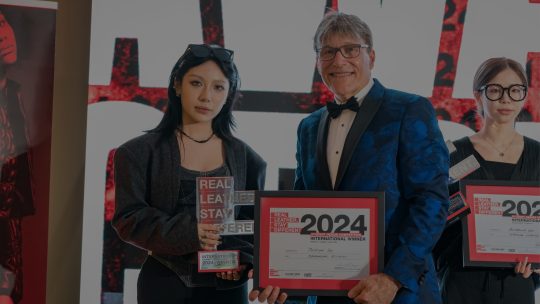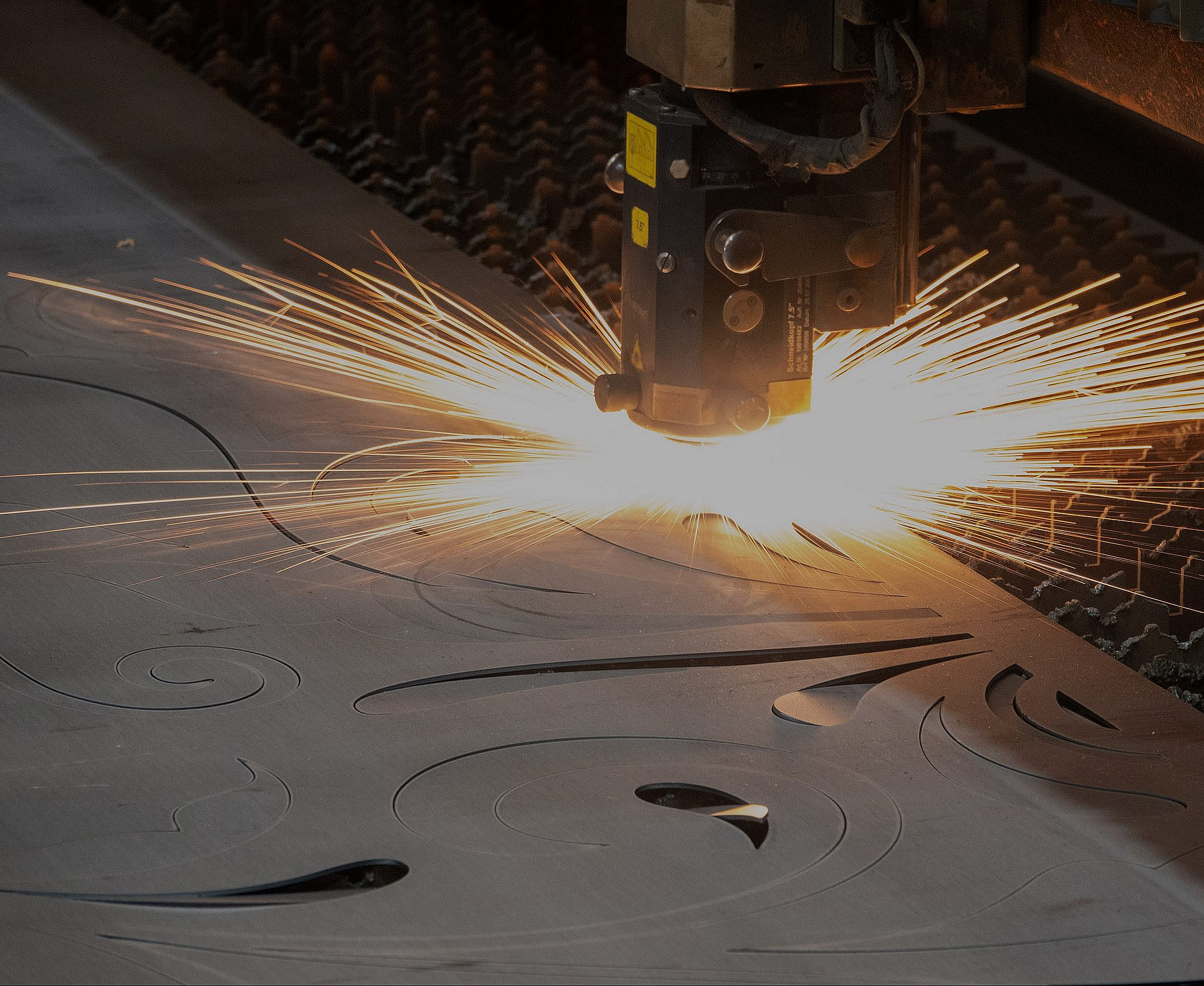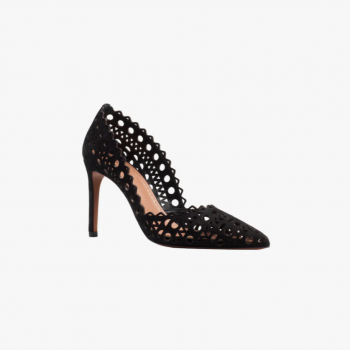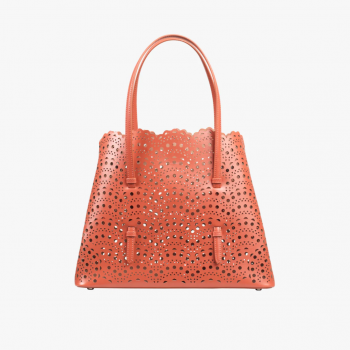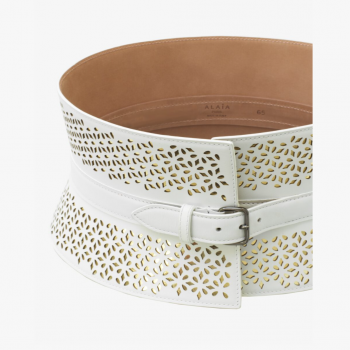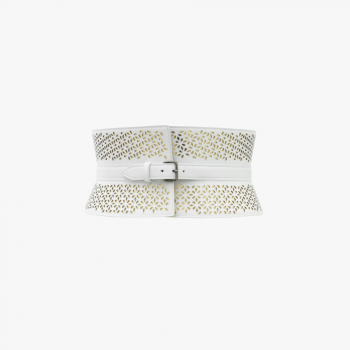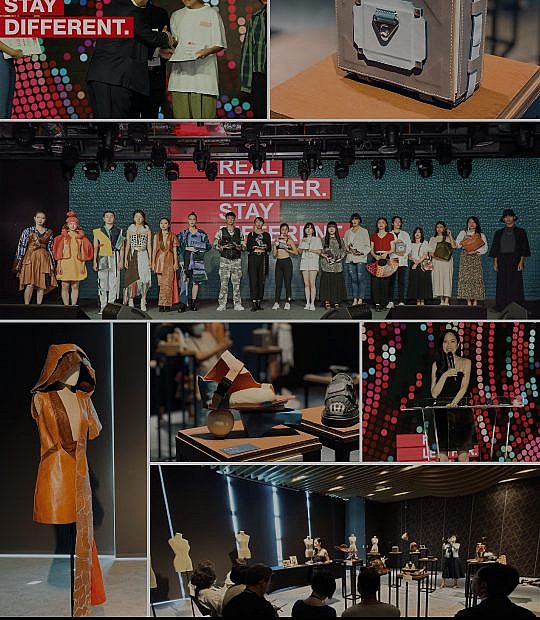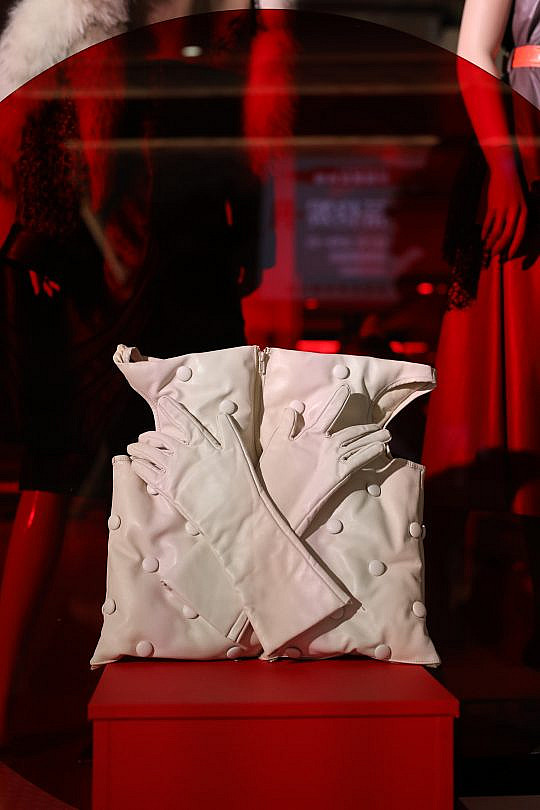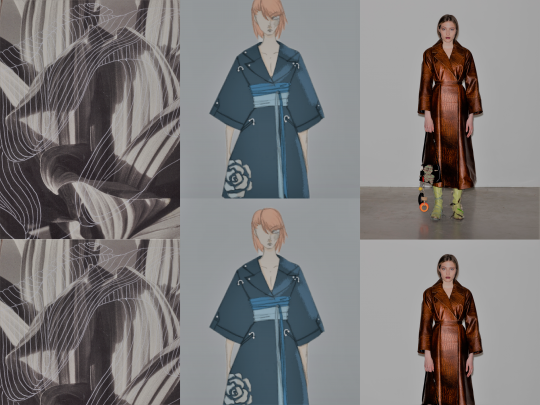Picture a leather tradesperson at work and what do you see? Shears slicing through expertly drawn patterns, gnarled hands pulling sturdy needles… We bet you don’t see lasers.
For all its heritage and tradition, leather production has not failed to move with the times. Innovation in the tanning process has resulted in much reduced water use, and new moulding techniques have expanded the possible uses of leather even further. But the real cutting edge of leathercraft is lasers.
Laser cutting allows the most intricate of designs to be realised, and the most accurate of shapes to be cut, keeping workshop waste at an absolute minimum. So it’s no surprise to see the technique being adopted across the leather industry – from high-end fashion houses to one-person studios.
Leather Craft
As you would imagine, lasers cut leather by burning it. But the heat they generate is so concentrated and so well targeted it doesn’t burn the surrounding areas. At worst, they leave a little charring that can be easily wiped away.
Used properly, the technique eliminates the possibility of snagging the leather when it is cut – a mistake that can prove costly if it renders a large panel unusable. Lasers can also be used at very low power to engrave the material rather than cut straight through it. Basically, from cutting the largest pattern pieces to cutting tiny holes to engraving, lasers can cope with just about everything.
They are also very useful in the mass market, once the lasers are programmed they can turn out any number of identical shapes.
Scalable Solutions
Machines can cost less than £100 for a handheld freehand engraving tool, but systems capable of cutting patterns on an industrial scale can mount up to hundreds of thousands of pounds. A programmable fixed laser suitable for a small workshop producing individual pieces costs about £2000.
Alaïa is one of the fashion houses that has taken to lasers with the most enthusiasm. As well as a super-delicate handbag collection they make a gorgeous ballet pump cut with patterns so intricate the leather looks like lace.
For the full collection see maison-alaia.com
Other fans of laser cutting include Roberto Cavalli and Gabriela Hearst.
Traditional Leather – Modern Solutions
There will always be a place for the knives and shears of the traditional tradesperson. But leather has earned its place as a modern, durable material. Suitable for space-age treatment, in fact.
